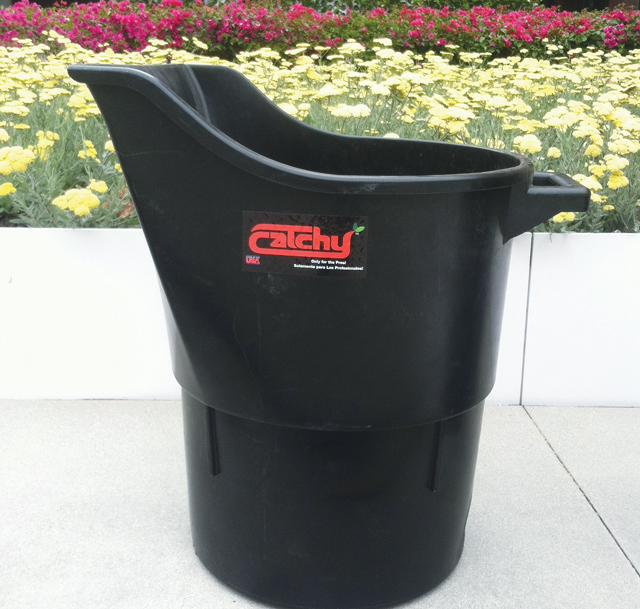This week brings summer – time for some yard work … We’ll start with a product that sheds light on the oft-overlooked manufacturing base in the Los Angeles market… The same product gives new meaning to the term “grassroots marketing” – and you can throw in a genuine “Only in L.A.” aspect, as well as “Made in the U.S.A.” bona fides … The main character here is Robert Garcia, son of an immigrant who did what so many of his paisanos from Mexico have done in the U.S. – seek opportunity as gardener, a segment of the service industry with relatively low barriers of entry … The elder Garcia learned the trade from the Japanese-Americans who once dominated the niche in Southern California. He worked hard, accumulated tools and equipment, started a family business, and began doing “extras” – as landscaping, tree trimming and irrigation jobs are known in the trade … The younger Garcia worked alongside his dad and uncles and cousins on weekends and during summers throughout his childhood, taking his place in a family tradition in a craft that occasionally involved stitches from an errant blade or falls resulting in broken bones … One day the younger Garcia thought about how gardeners and landscapers carried dustpans to go with the trash cans they use at job sites to scoop up the debris after they’ve cut and trimmed and pruned and swept. He figured there had to be a better way, got some trash cans and dust pans, and went to work in his garage combining the products … Garcia came up with an early version of what would become the 32-gallon Catchy Can – jury-rigging a dustpan-like scoop on one side and a handle on the other. The goal was to eliminate the need to carry a dust pan in addition to a trash can – one less item to buy, haul around, and keep track of throughout the course of a work day … Garcia and family members are an entrepreneurial lot by nature. They figured out how to file for a provisional patent. That cleared the way to deploy non-disclosure agreements as they shopped the idea around. They eventually invested in a lawyer who helped them secure a full patent … Garcia figured out how to go from prototype to production using a manufacturing process known as roto molding, which was relatively slow, limited to 20 or 30 units a day. That became a problem because the Catchy Can was catching on, with sales building through specialty retailers … Enter Don Ashleigh and Universal Plastic Mold in Baldwin Park, over in the eastern San Gabriel Valley, where the glamour of L.A. yields to a manufacturing culture. It’s also a layer of ingenuity and drive that help accounts for L.A. County’s status as the largest manufacturing center in the nation, with 350,000 or so local jobs – even if that gets overlooked more often than not … Ashleigh helped Garcia and his family work up a business plan, and called in some favors with longstanding contacts to keep costs down on designs and the equipment needed to switch production of the Catchy Can to injection molding, a faster production process. The Garcia clan scraped together $80,000 or so to get started … The momentum continues. Gardeners and landscapers have snapped up about 15,000 Catchy Cans over the past year or so. Garcia and several of his relatives handle various tasks at the company they are building, and they’ve paid off the money they borrowed to get started … Ashleigh has a growing client for his injection molding business. He’s Catchy Cans’ –and the Garcia family’s – biggest fan … Sales continue to grow, helped by the good sense of the product’s design and the fact that there’s no app that will scoop up the debris from your yard … Good thing there is innovation in every corner of the community of business … Sullivan Says: Give Papa Jake’s credit for another little-known innovation in the form of flat meatballs, which make it a lot easier to get your mouth around the delicious meatball sandwiches the joint serves up at the Original Farmers Market at 3rd & Fairfax.

